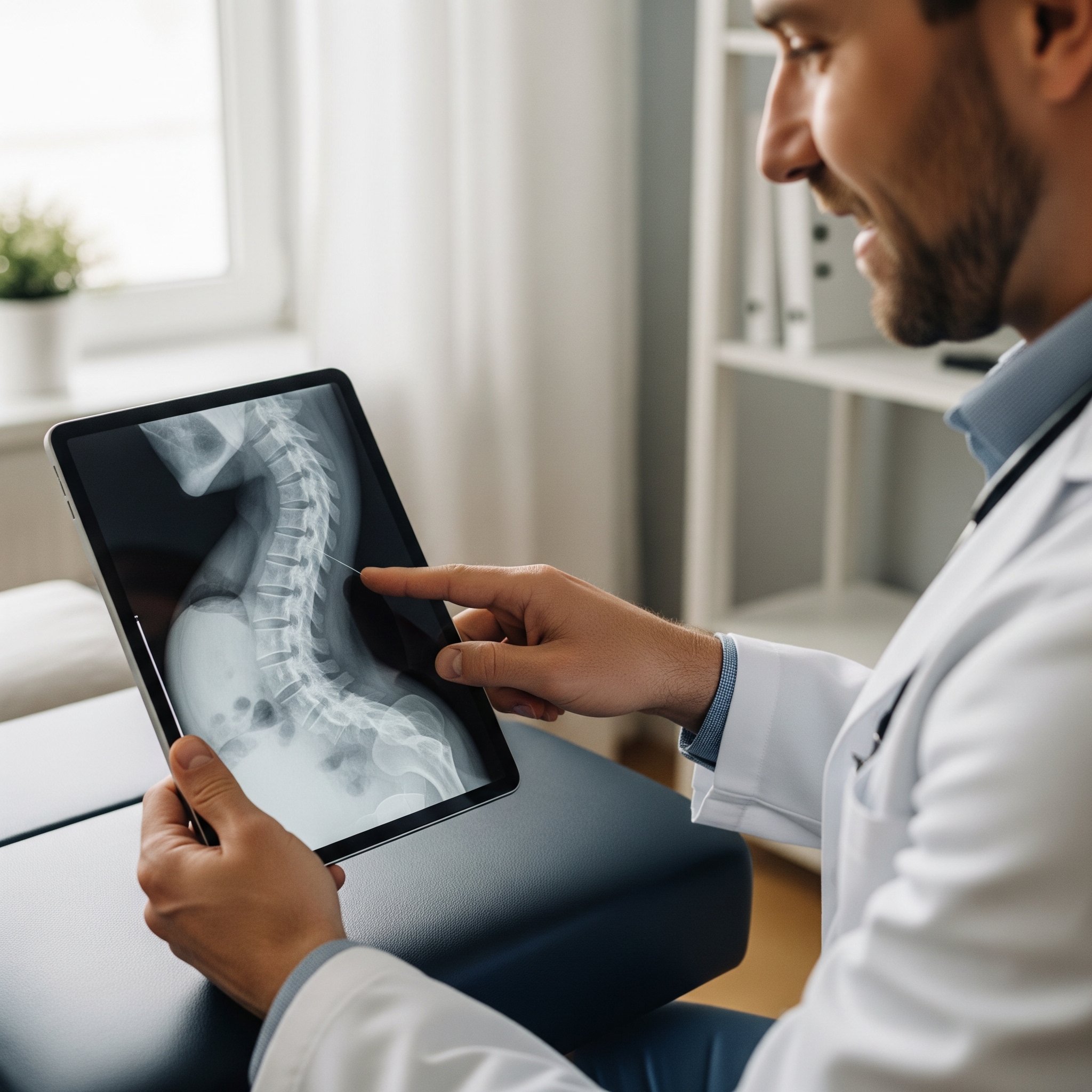Your Personalized Scoliosis Management Journey
Receiving a scoliosis diagnosis is not an endpoint; it is the starting point of a proactive journey toward better spinal health and function. At Dawson Chiropractic, we view scoliosis management as a collaborative partnership between our team, you, and your family. Our approach is built on a comprehensive, multi-faceted strategy designed to improve comfort, enhance mobility, and provide the best possible support for the spine, especially during the critical years of growth. We are committed to guiding you through every step of the process with clarity and compassionate care. Here is the structured approach you can expect with us:
- Initial Consultation and Physical Assessment: Our process begins with a detailed health history and a thorough physical examination. We will carefully assess for the tell-tale visual signs of scoliosis, such as uneven shoulder heights, an unlevel waist or hips, a head that is not centered over the pelvis, and any rotation of the rib cage. This hands-on evaluation is crucial for understanding the unique physical characteristics of the spinal curve.
- Precise Diagnostic X-Ray Analysis: To get a definitive understanding of the spine's structure, X-rays are the most effective tool. This imaging allows Dr. Dawson to accurately measure the degree and direction of the curve, identify its precise location, and determine if there is any spinal rotation. This detailed blueprint is essential for creating a safe, effective, and completely personalized management plan.
- A Multi-Faceted and Strategic Care Plan: Based on all our findings, we will develop your customized management strategy. The plan at Dawson Chiropractic is founded on three pillars of effective scoliosis care: targeted chiropractic adjustments, a specific home exercise program, and proactive lifestyle modifications.
- Comprehensive In-Office and At-Home Treatment: Your care will involve a combination of therapies. Chiropractic adjustments are used to improve the motion and function of the joints in the spine, particularly in areas that have become restricted or are compensating for the curve. This is paired with a personalized program of targeted exercises and stretches designed to strengthen the weak muscles on one side of the curve and stretch the tight muscles on the other. Finally, we provide vital lifestyle coaching, including guidance on proper sleeping positions, sitting posture, and ergonomic awareness for school, work, and sports.
- Ongoing Monitoring for Long-Term Success: Scoliosis management requires consistent oversight, especially for adolescents. We will schedule regular follow-up appointments to monitor the progression of the curve, update the exercise regimen as needed, and Uneven shoulder height,One hip appearing higher than the other,Head not centered with the rest of the body,Asymmetrical rib cage or waistline,Chronic muscle fatigue or back pain
